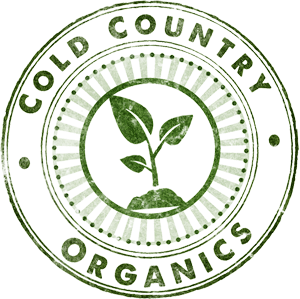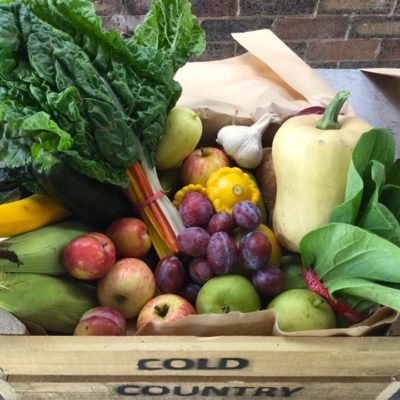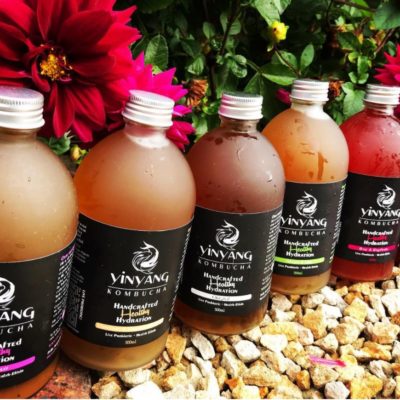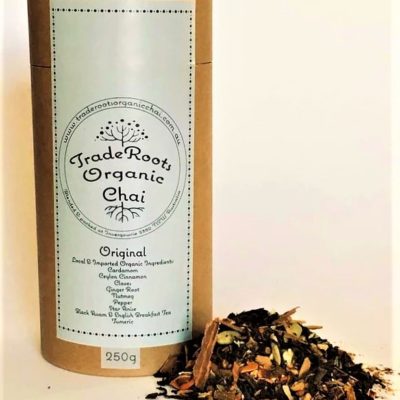Correct storage of your fruit and vegetables is imperative to getting the most out of your produce and avoiding the frustration of food gone to waste.
Organic produce will ripen quicker that conventional fruit and vegetables so it is important to be smart with storage. Conventional fruit and vegetables last longer due to the environment they are stored in. Either frozen or in a controlled temperature with lower levels of oxygen and higher levels of carbon dioxide, with can slow down deterioration. Sadly however, the main reason for the extended shelf life is a chemical called 1-methylcyclopropene (1-MCP) which is used to extend the storage life of fruits and vegetables even more. This chemical blocks some of the biochemical changes that occur as fruit ripens and matures. Unfortunately, tests show the fruit remains hard and 1-MCP also prevents production of chemical compounds that contribute to flavour. As well as this, fruit is often sprayed with fungicides to prevent mould and imported fruit and vegetables may be fumigated with methyl bromide to comply with quarantine regulations.
Fruit and vegetables naturally emit an odourless, harmless, and tasteless gas called ethylene, and some produce it in greater quantities than others. When ethylene-producing foods are stored next to ethylene-sensitive foods, the gas will speed up the ripening process of the other produce. This is great if you need to ripen a piece of produce, for example you could place a ripe banana with an unripe avocado. However, if you don’t want to speed up the ripening process, store or keep the following fruit and vegetables separate.
Produce That Creates Ethylene Gas: Apples, apricots, avocados, ripening bananas, blueberries, rock melon, citrus fruit (not grapefruit), figs, grapes, green onions, honeydew, ripe kiwi fruit, mangoes, melons, mushrooms, nectarines, papayas, passion fruit, peaches, pears, pineapple, plums, prunes, tomatoes and watermelon.
Produce That Is Damaged by Ethylene Gas: Asparagus, broccoli, Brussels sprouts, cabbage, carrots, cauliflower, cucumbers, eggplant, green beans, kale, kiwi fruit, leafy greens, lettuce, parsley, peas, capsicum, potatoes, spinach, pumpkin, sweet potatoes, watercress.
The following table outlines the suggested storage options for individual varieties, however, keeping the rule about ethylene producing and ethylene sensitive foods in mind at all times helps to further your success when arranging the refrigerator or the fruit bowl.
Another tip to consider if you do not like the idea of wrapping your produce in glad wrap or a plastic bag is to first place paper towel around them and then cover with plastic. Alternatively, we love using glass containers, which tend to do a very good job and are also more environmentally friendly.
| Apples | Refrigerator, loose, not in a bag |
| Bananas | Counter to ripen, fridge to slow down ripening |
| Oranges, mandarins, grapefruit and lemons | Counter or refrigerator to slow ripening |
| Kiwi fruit | Counter until ripe and then refrigerate in a bag |
| Berries and cherries | Covered in the fridge, don’t wash until ready to eat them |
| Apricots, nectarines, peaches and plums | Counter until ripe and then refrigerate in a bag |
| Grapes | Refrigerate in a bag, don’t wash until ready to eat |
| Mangoes, melons | Counter until ripe and then refrigerate in a bag |
| Pears | Counter until ripe and then refrigerate in a bag |
| Tomatoes | Counter, refrigerate once ripe |
| Carrots | Refrigerate, take tops off |
| Mushrooms | Cool, dark, dry place like counter, cupboard or basket, in paper bag |
| Potatoes | Cool, dark, dry place like counter, cupboard or basket, loose |
| Root vegetables, radishes, beets, turnips | Refrigerate, leave greens on |
| Pumpkin | Cool, dark, dry place like counter, cupboard or basket. If cut, cover with glad wrap and refrigerate |
| Onions | Cool, dark, dry place like counter, cupboard or basket, loose |
| Broccoli, brussel sprouts, cauliflower | In a bag in the refrigerator |
| Celery | In the refrigerator wrapped in aluminum foil |
| Cucumber | In a bag in the refrigerator |
| Eggplant | Cool, dark, dry place like counter, cupboard or basket. Can be stored in fridge door, but is easily damaged in the colder temperatures |
| Green beans and peas | Refrigerator in a bag or container |
| Greens, lettuce, kale, spinach, cabbage | Refrigerator, bag in the crisper |
| Artichokes | Refrigerator, in a bag |
| Asparagus | Refrigerator, trim stem and place upright in a jar of water |
| Avocados | Counter to ripen, refrigerator to slow ripening |
| Ginger | Refrigerator or peeled in a sealed container in freezer |
| Garlic | Unpeeled – cool, dry, dark place like counter or basket. Peeled – sealed container in refrigerator or freezer |
| Herbs | Refrigerator, trim stem and place upright in a jar of water |
One more tip.. if you see that some of your produce will not be eaten before it starts to wilt or go bad, pop it in the freezer! Frozen bananas are fantastic to use in smoothies and baking, as are berries. Frozen apples are great for stewing or baking. All your greens! Pretty much all your produce can be frozen, then when needed, taken out and used for stews, soups, stir frys etc. The only thing I would advise is to freeze your produce in the size you want it, ie. chop up your silverbeet, peel and dice your bananas prior to freezing.
We hope this helps you to get a long, healthy and fresh life out of your fruit and vegetables!






